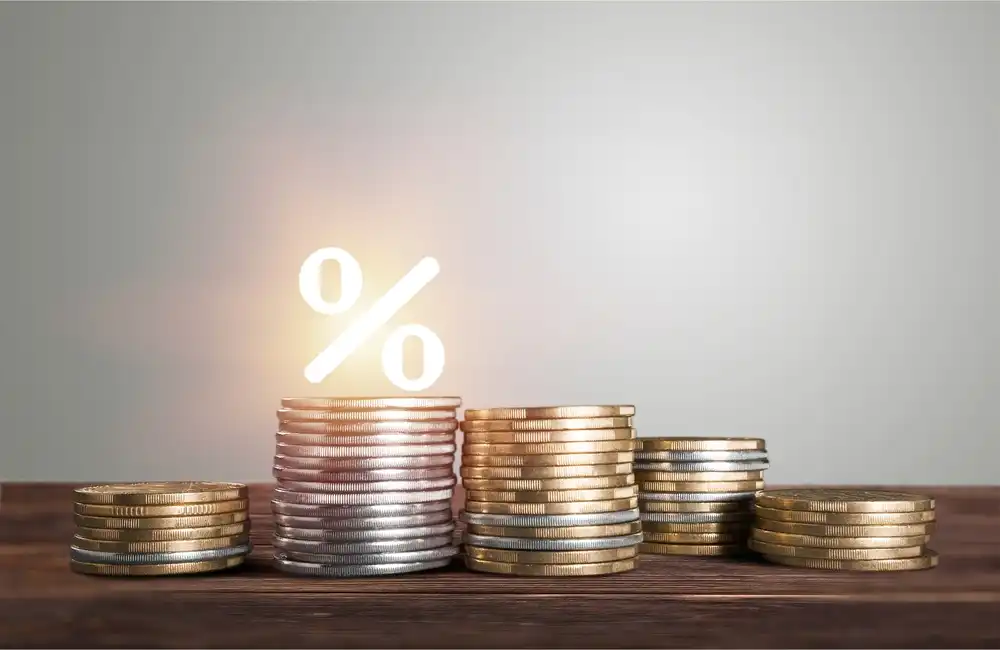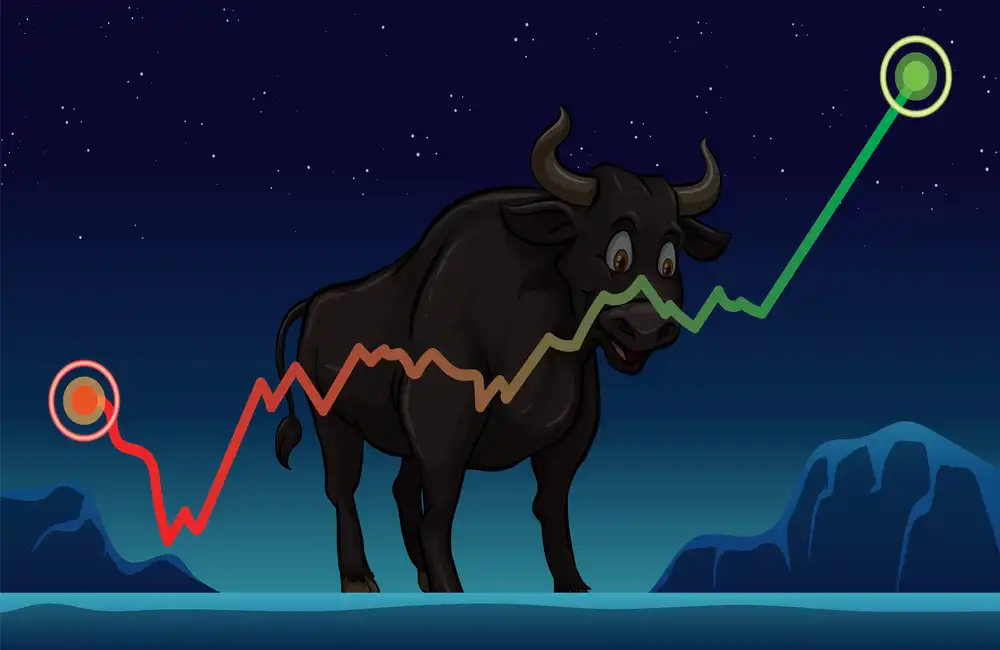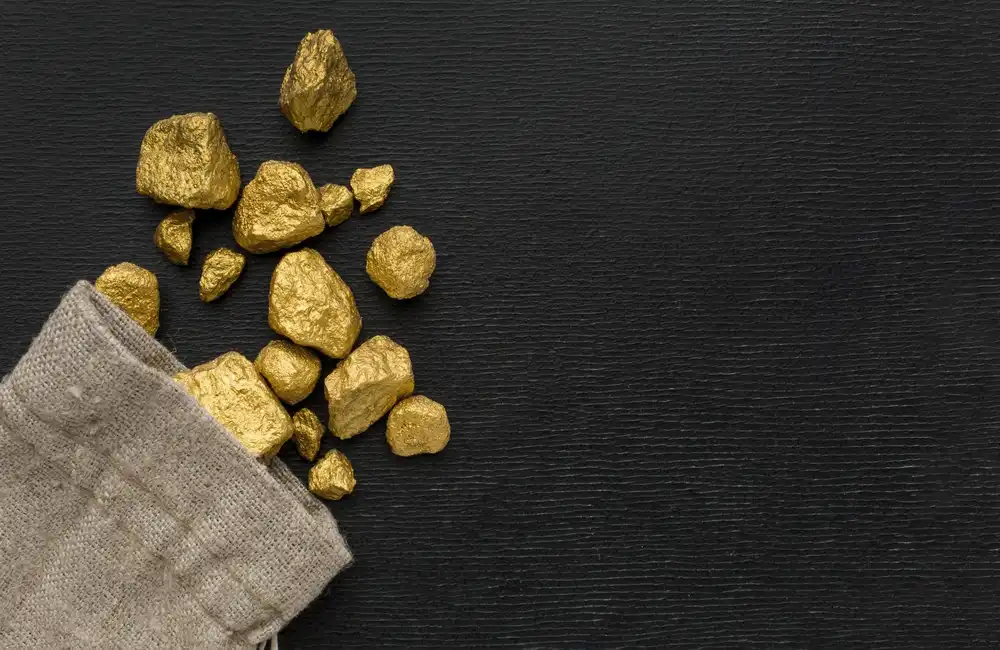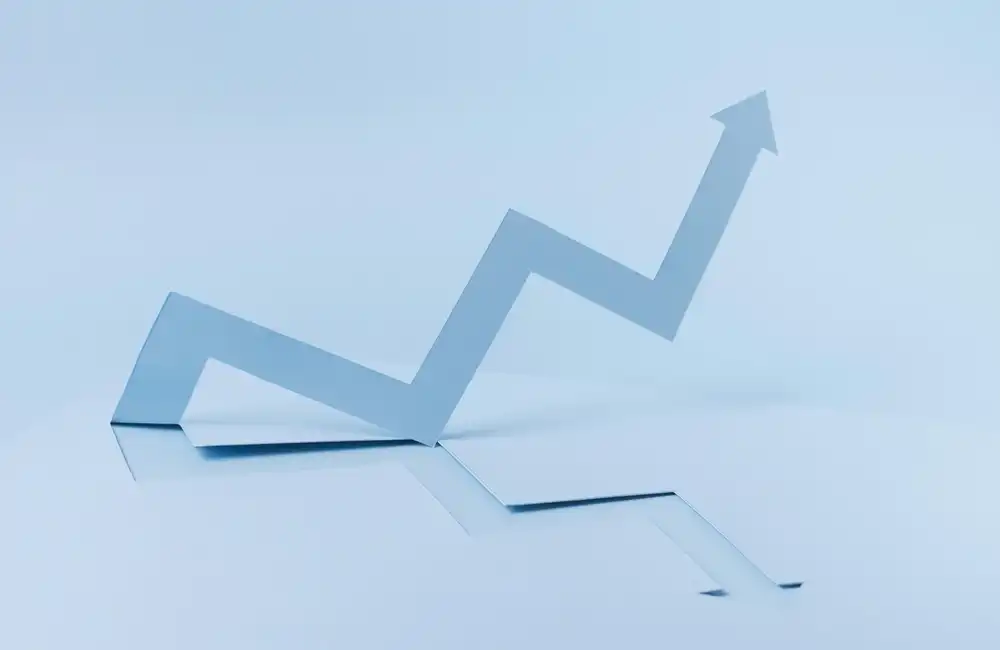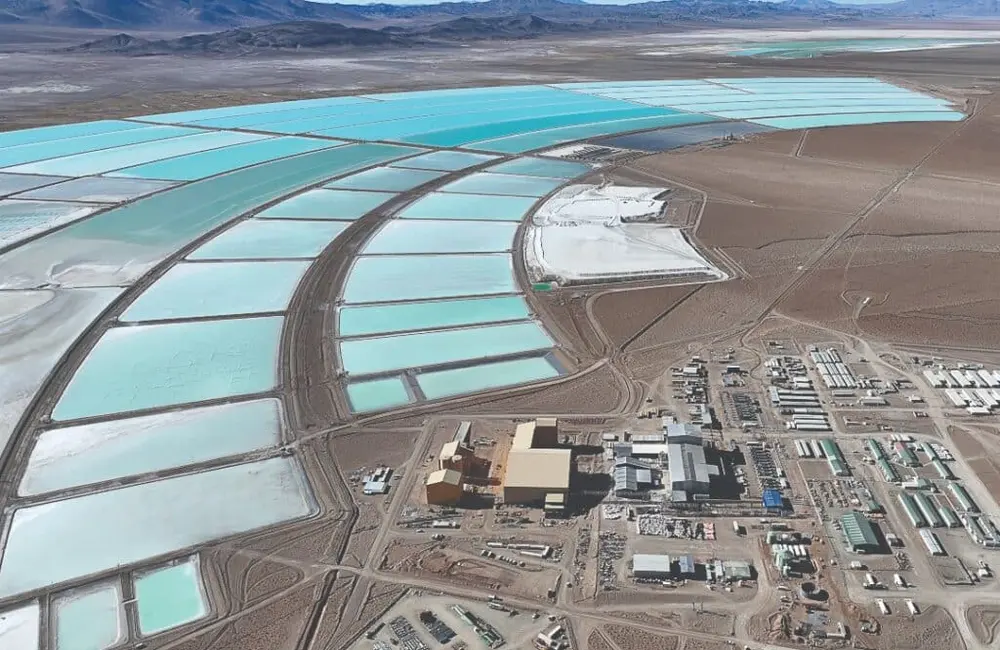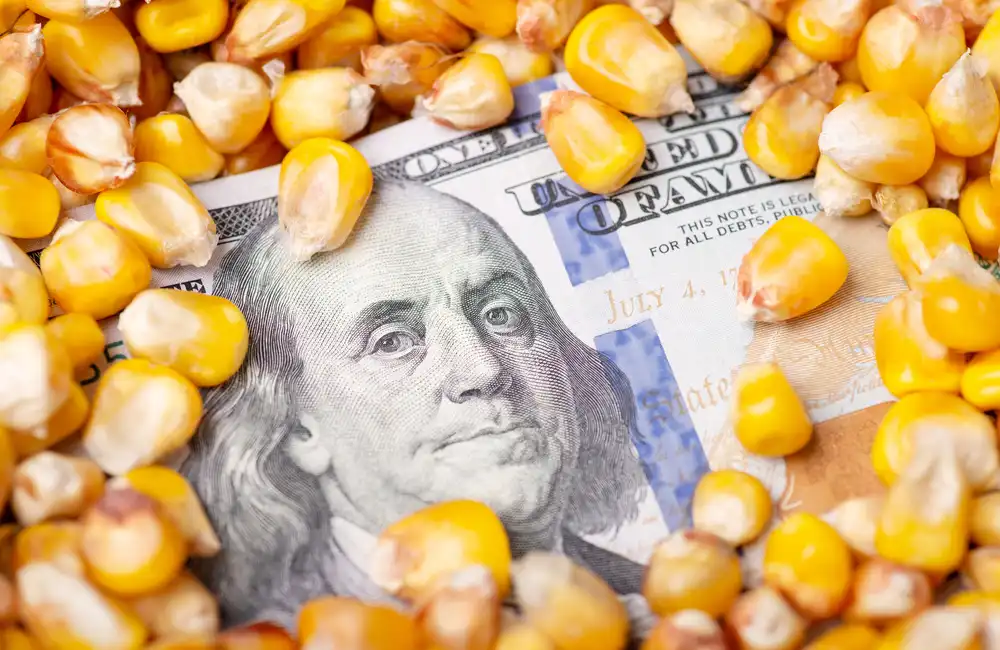Results of Pilbara Minerals' latest spodumene auction and tight domestic supply is likely to keep Chinese lithium chemicals prices high in the near-term, analysts said.
But momentum for another price increase is starting to dwindle as downstream consumers show less buying interest at current levels as well, market sources said.
Insights assessed battery grade lithium carbonate unchanged for the second consecutive day at Yuan 588,000/mt Nov. 21 on a delivered, duty-paid China basis, an increase of 194% on the year. Prices, which have trended upward since May, peaked at Yuan 590,000/mt on Nov. 11, the highest since Platts started assessing prices in Sept. 2018.
Prices to be supported by tight supply, high feedstock cost
The 12th spodumene auction held by Pilbara Minerals Ltd received the $7,805/ton winning bid at a target grade of 5.5% lithium oxide on Nov. 16, according to the company's announcement on the same day.
The top price was 7.6% higher than Pilbara Minerals' last auction on Oct. 18 and pointed to a continued bullish view for the lithium market, despite prices more than doubling since the start of the year.
The auction price, usually a crib for guidance on lithium prices further out, would likely firm near-term views in the market, sources said.
The $7,805/mt bid for spodumene is based on the production cost of Yuan 582,000/mt for battery grade lithium carbonate adjusted for 13% value-added tax and Yuan 30,000/mt for processing and refining fees.
Lepidolite, an alternative feedstock for lithium chemicals production with an average grade of 3.5%, was once a dirty word until demand for lithium chemicals soared. However, the story has changed dramatically, grades under 1.5% are being used and even lithium slag is being made to look attractive, a Chinese source said.
Moreover, domestic lithium chemicals prices are forecasted to also receive further support at a time of high downstream demand, as output from domestic brine producers is set to come down during the coming winter, the sources added.
This explains the recent fall on the Wuxi Stainless Steel Electronic Exchange Center attributed to discussions between leading Chinese battery makers of output cuts. Fundamentals remain strong and little impact was expected at the spot market, sources said.
Expanding capacity to relieve prices, but uncertainty prevails
China’s lithium prices were expected to retreat to a reasonable range in 2023, on the back of rising mine capacity and dropping production costs, according to sources; yet as Chinese producers grapple with mounting inflation and hurdles in locking in seaborne raw materials, the risks remain.
Sky-high prices and a tight upstream supply have unleashed a torrent of investments in mines over the last twenty-four months. It is not just established industry players, such as mining companies and vehicle makers that want a cut of market rapidly growing in value, other industries are going for a slice too.
In the second half of 2023, with the investment and exploration of lithium mines continuing to accelerate, as well as the global lithium resources of large-scale production, will greatly increase, which will also reduce the production cost of lithium chemicals to a certain extent.
As such, the continued ramp of spodumene, lepidolite and brine will relieve the supply tightness in raw material provided from extracts alongside supplementary supply from recycled batteries, sources added.
Yet according to data, if the required $37.8 billion in capital investment is not met, the market may still be facing a deficit of 605,000 tons of LCE by 2030.
At the same time, surging lithium prices has accelerated the advent of sodium-ion battery and hydrogen cells, which could serve as decent substitutes for lithium-ion batteries in certain markets (e.g. energy storage) and thus releasing further lithium to feed the booming EV market.
Lithium chemical producers globally are also increasing their capacities to fulfill demand on the refining side. But upstream mining is still the bottleneck, as mining projects generally take a lot longer to appear off the production line than for salt refining, which may ultimately produce refining overcapacity instead.
Sales Growth Of Electric Cars Is Slowing Down In 2023
Chinese EV monthly sales are still setting new highs, predicting overall sales of 6.71 million units in 2022. But growth could slow in the next year after subsidies for new energy vehicles, or NEVs, are phased out and oil prices ease, the sources said.
Sales of new energy vehicles (NEVs) contributed 28.5% of China's total vehicle sales in October to deliver another month that remained over 20% for eight months in a row, the most recent data published by China Association of Automobile Manufacturers (CAAM) revealed.
At a time when battery raw material costs are reaching record highs, consumers may balk at the prospect of paying more for an EV in the face of rising inflation, with the majority of sources expecting Q2-Q3 to be a make-or-break period for the sector.
“If EV sales are worse than expected, then we could see a greater impact on lithium prices,” a Chinese producer said.
While sources largely agreed that the shift to electrification would continue to go into overdrive, slower growth would crank up the pressure on EV makers as they battled to secure market share amid headwinds of flagging policy support and record-high raw material prices.


